I recently made a visit to the National Trust property of Wallington, situated in Northumberland and not very far from the birthplace of our man ‘Capability’ Brown. I was intrigued and keen to follow-up the connection between this impressive estate, Lancelot’s older brother George and our man Brown.
George Brown, apparently known as ‘Geordie’ was born in the autumn of 1713, and in due course gained an apprenticeship as a stonemason at the nearby Wallington estate, owned by Sir Walter Calverley Blackett. George remained on the estate team all his life, being involved it would seem in maintenance and improvements to Wallington and its surroundings.
In the mid/late 1730’s Sir Walter employed the architect Daniel Garrett to substantially update the property in the Palladian style. Garrett was responsible for much change at Wallington, and although he died before its completion is also credited with building the impressive Clock Tower, which visitors still pass through on entering the courtyard.
George Brown would have worked with Garrett turning drawings to reality, and it’s fair to say with such lavish changes to Wallington, word of each development would have been swiftly passed on to brothers John and Lancelot, both at this point working on the neighbouring estate. News of surveying, plan drawing, and of buildings being raised and embellished.
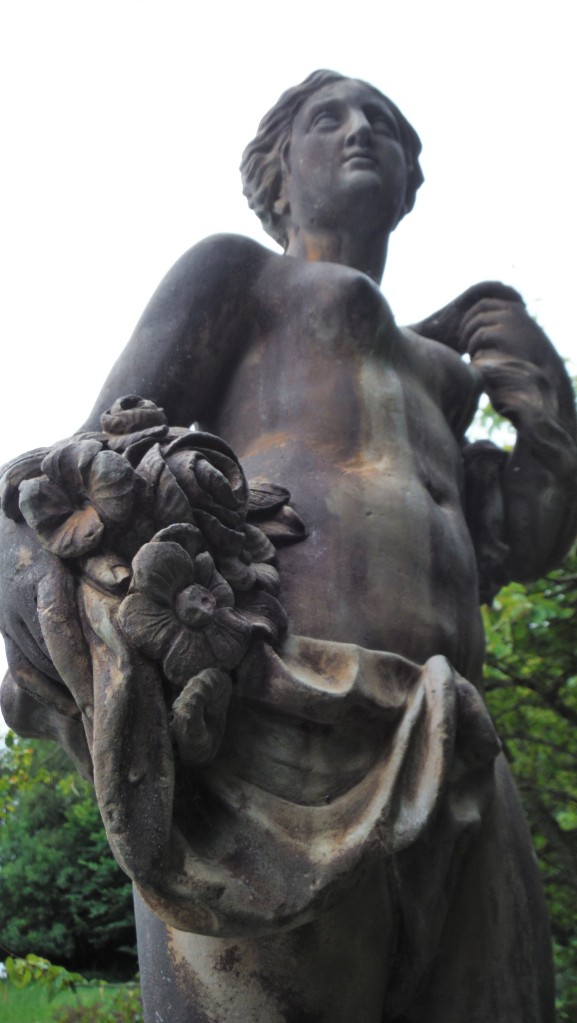
Flora, along with many other lead statues grace the terrace wall, above the walled garden. © Gary Webb 2014
Now, I’m not one for gambling but I’d bet that all this activity would have influenced the maturing Lancelot, not just for the architectural creativity but also for the process where a ‘travelling’ architect could gain commissions from clients keen to improve their property. It’s easy to imagine the ambitious Lancelot, encouraged no doubt by a supportive George, becoming used to drawing techniques, construction basics and fashionable architecture. Maybe Lancelot even picked up second-hand accounts of the contract negotiations between architect and client – who knows?!
Daniel Garrett’s improvements in the late 30s brought much change, including the mock ruin Rothley Castle . The dragon heads that adorned it, as shown above were originally from Bishopsgate, London.
Another notable name from the day was James Paine who designed the impressive bridge across the Wansbeck, just below Wallington c1750. It is unsurprising therefore that local boy Lancelot was invited to add his layer, but not until he had reached his forties and proved himself capable!
Brown’s achievements at Wallington are somewhat understated but these include, according to the guide a ‘fishing lake’, a pleasure ground, and also potentially; the walled garden. I can’t quite gather who built the ‘Owl House’, or gazebo above the walled garden, c1766 but its elevated position allows a clear view of Paine’s bridge mentioned above.
Brown’s work on the walled garden is hard to appreciate today, especially as it received later attention and adaptation but this walled plot is far from average; it is beautifully appointed and worth a look if you can find opportunity – don’t miss, at the lower end of the garden the subtle but unusual water levelling system in the pond at the lower end of the garden – a Brown feature do you think?
Looking at Lancelot’s achievements later in life it is easy to see where those early sparks appeared, not only at Kirkharle but at Wallington; both properties at that time investing heavily in landscape and architecture. My journeys to Kirkharle are covered elsewhere, but if you’re looking to see what might have inspired Brown, I’d certainly advise you to Wander around Wallington, for its connections are strong, and its influence, through George is important not to overlook.
Reading for this post:
The Omnipotent Magician – Jane Brown
Wallington, National Trust Guide Book – Raleigh Trevelyan

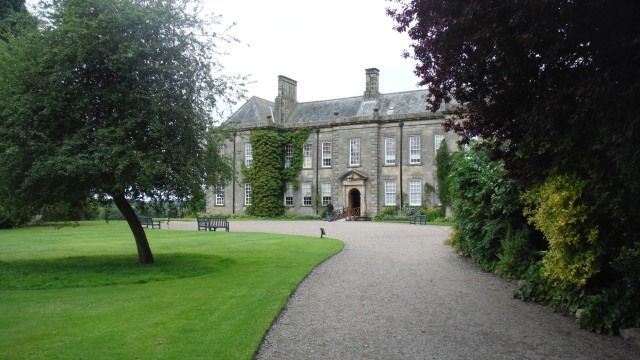
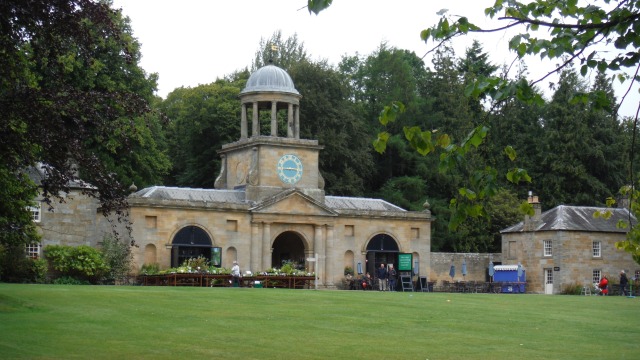
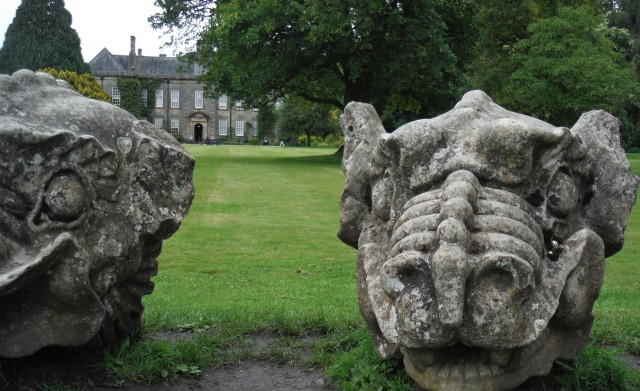
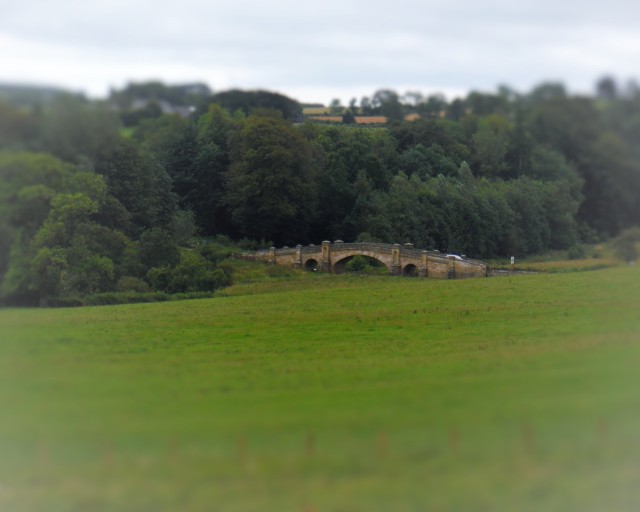
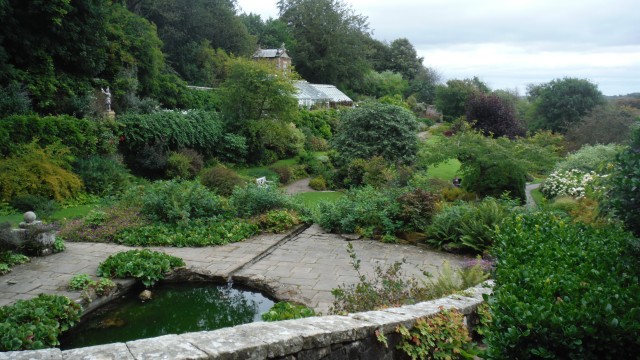
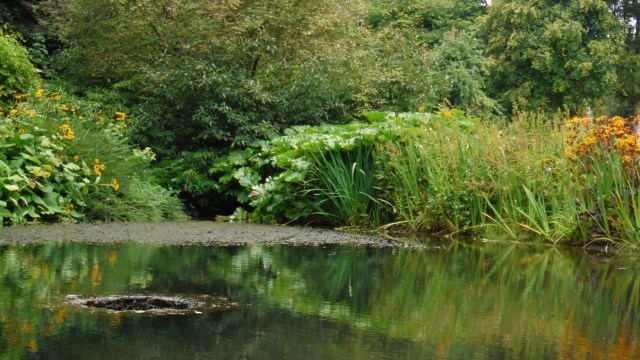


Reblogged this on Old School Garden.